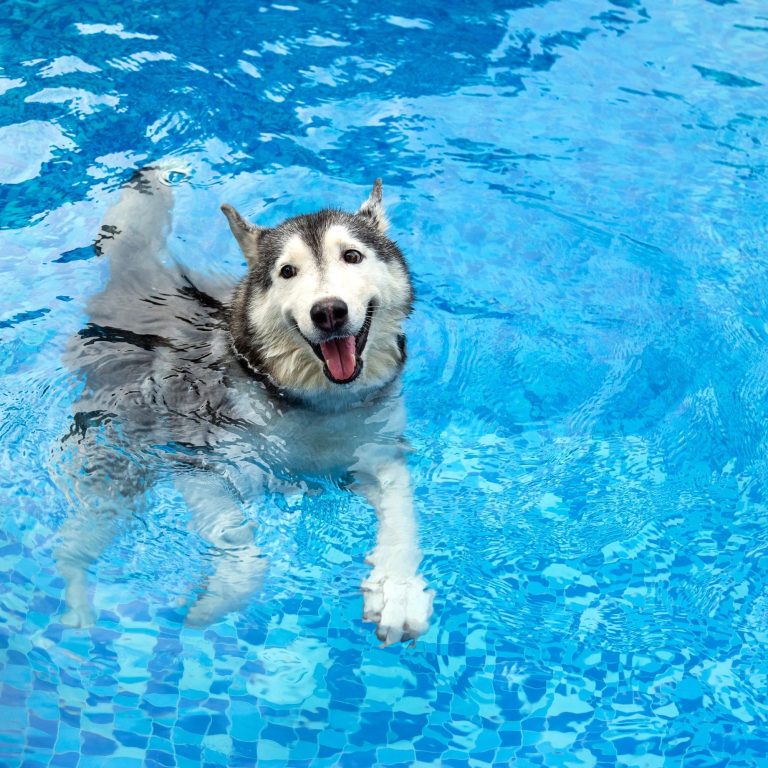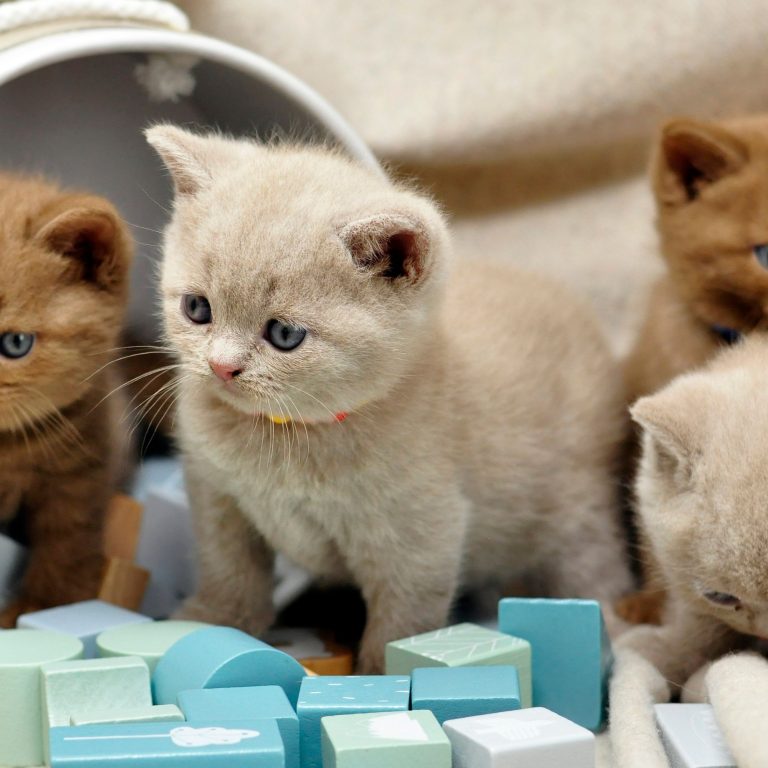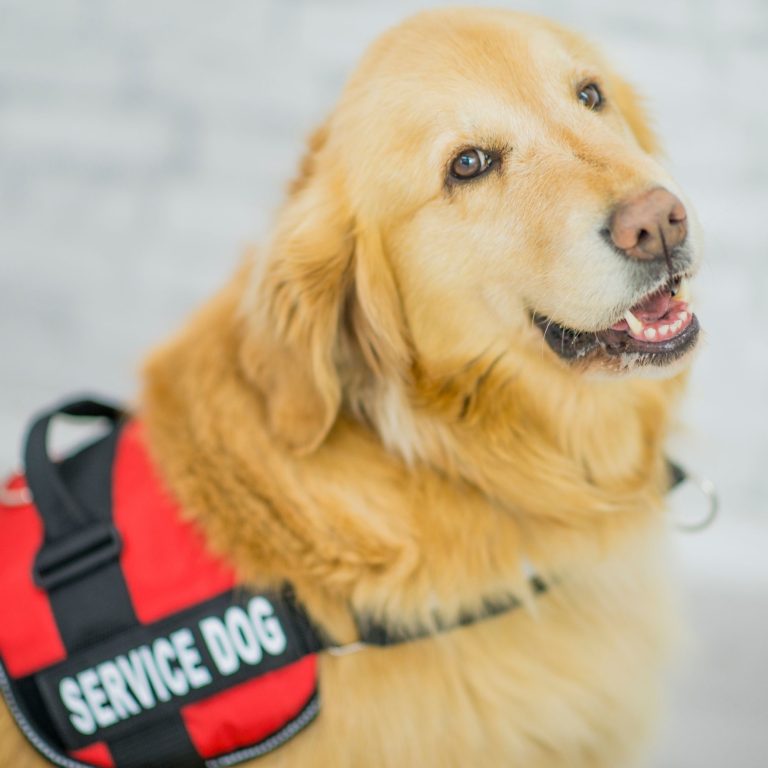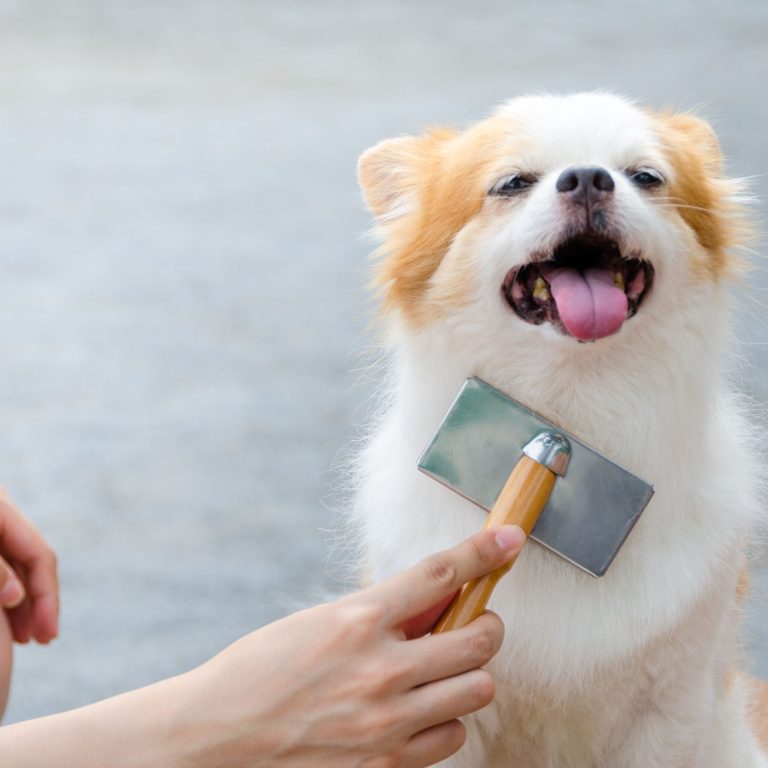Finding Peace: Explore Stress-Relief Toys for Anxious Cats
Understanding Anxiety in Cats
If you have an anxious cat, it’s important to understand the signs, causes, and the significance of addressing their anxiety. Recognizing and addressing anxiety can greatly improve your cat’s overall well-being.
Signs of Anxiety in Cats
Cats may exhibit various signs when experiencing anxiety. These signs can manifest in behavioral, physical, or emotional changes. Common signs of anxiety in cats include:
- Excessive grooming or scratching: Cats may excessively groom themselves as a self-soothing behavior when they feel stressed.
- Hiding or withdrawal: Anxious cats may seek out secluded areas or hide to cope with their anxiety.
- Aggression or irritability: Anxiety can cause cats to become more easily agitated or reactive.
- Urinating or defecating outside the litter box: In some cases, cats may exhibit litter box avoidance as a result of anxiety.
- Excessive vocalization: Cats may meow excessively or exhibit other vocalization patterns when they are anxious.
- Changes in appetite: Anxiety can lead to a decrease or increase in appetite, depending on the cat.
Recognizing these signs can help you identify if your cat is experiencing anxiety. If you notice any of these behaviors, it may be beneficial to consider interactive toys designed specifically to help reduce anxiety in cats. For more information on anxiety-reducing toys, visit our article on anxiety-reducing toys for cats.
Causes of Anxiety in Cats
There are several potential causes of anxiety in cats. Some common causes include:
- Environmental changes: Cats are creatures of habit, and changes in their environment such as moving to a new home or rearranging furniture can trigger anxiety.
- Lack of socialization: Insufficient socialization during a cat’s early development can contribute to anxiety later in life.
- Traumatic experiences: Cats that have experienced trauma, abuse, or neglect may develop anxiety as a result.
- Medical conditions: Certain medical conditions, such as hyperthyroidism or urinary tract infections, can cause anxiety-like symptoms in cats.
Understanding the underlying cause of your cat’s anxiety can help you address it more effectively. If you suspect that your cat’s anxiety may be due to a medical condition, it’s important to consult with a veterinarian to rule out any underlying health issues.
Importance of Addressing Cat Anxiety
Addressing your cat’s anxiety is crucial for their overall well-being. Untreated anxiety can lead to chronic stress, which can have negative impacts on your cat’s physical and mental health. It’s essential to provide an environment that promotes a sense of security and comfort for your anxious cat.
By providing interactive toys specifically designed to reduce anxiety in cats, you can help alleviate their stress and provide mental stimulation. These toys can help redirect their focus, engage their natural instincts, and promote a sense of calm. To learn more about interactive toys for anxious cats, visit our article on interactive toys for anxious cats.
Remember, each cat is unique, and what works for one may not work for another. Be patient and experiment with different strategies to find the most effective stress-relief toys and techniques for your anxious cat.
Interactive Toys for Anxious Cats
If you have an anxious cat, interactive toys can be a valuable tool in helping them manage their stress and find some relief. These toys provide mental stimulation and engage your cat’s natural instincts, offering a positive outlet for their energy and anxiety. Let’s explore the benefits of interactive toys and the different types of stress-relief toys available.
Benefits of Interactive Toys
Interactive toys offer several benefits for anxious cats. They can help alleviate boredom, redirect negative behaviors, and provide a sense of comfort and security. By engaging your cat in play, these toys help stimulate their mind, keep them physically active, and promote a sense of well-being. Some benefits of interactive toys for anxious cats include:
- Mental Stimulation: Interactive toys challenge your cat’s problem-solving skills, keeping their mind engaged and distracted from anxiety triggers.
- Physical Exercise: Engaging in interactive play helps your cat burn off excess energy and promotes overall fitness.
- Bonding Opportunities: Interactive toys provide an opportunity for you to interact and bond with your cat, strengthening your relationship.
- Stress Relief: Engaging with interactive toys allows your cat to release tension and redirect their anxiety into positive and playful behaviors.
Types of Stress-Relief Toys
There are various types of stress-relief toys available to help calm anxious cats. Each type offers different forms of engagement and stimulation. Some common types of interactive toys for anxious cats include:
| Toy Type | Description |
|---|---|
| Puzzle Toys | These toys require your cat to solve puzzles or manipulate objects to access treats or rewards. They stimulate your cat’s problem-solving skills and keep them mentally engaged. Check out our article on anxiety-reducing toys for cats for more information. |
| Interactive Wand Toys | These toys consist of a wand or stick with an attached toy, such as feathers or strings. You can move the wand to mimic prey or engage your cat in interactive play. They help satisfy your cat’s hunting instincts and provide mental and physical stimulation. Visit our article on interactive toys for anxious cats for additional details. |
| Treat Dispensing Toys | These toys dispense treats or food as your cat interacts with them. They encourage play and reward your cat’s efforts, providing positive reinforcement and mental stimulation. For more information on treat dispensing toys, check out our article on cat toys for nervous cats. |
| DIY Toys and Enrichment Activities | You can create homemade toys or engage your cat in various enrichment activities to alleviate anxiety. These activities can include hiding treats, creating obstacle courses, or providing safe, stimulating environments. Explore our article on anxiety relief toys for cats for DIY toy ideas and toys to distract anxious cats for more information on enrichment activities. |
By incorporating interactive toys into your cat’s routine, you can provide them with mental and physical stimulation, alleviate anxiety, and promote overall well-being. Remember to choose toys that cater to your cat’s preferences and needs, and always supervise their playtime to ensure their safety.
Puzzle Toys
Puzzle toys can be a fantastic option for providing mental stimulation and stress relief to your anxious cat. These interactive toys are designed to engage your feline companion’s natural hunting instincts and encourage problem-solving behavior. In this section, we will explore how puzzle toys work and how to effectively engage your anxious cat with these toys.
How Puzzle Toys Work
Puzzle toys consist of various compartments, hiding spots, or challenges that require your cat to figure out how to access treats or toys hidden within. These toys often feature different levels of difficulty, allowing you to gradually increase the complexity as your cat becomes more familiar with the concept.
The main goal of puzzle toys is to mentally stimulate your cat and keep them engaged for longer periods. By presenting your cat with a challenge, puzzle toys can help redirect their focus away from anxious thoughts and behaviors. The process of solving puzzles can provide a sense of accomplishment and fulfillment for your cat, which can contribute to overall anxiety reduction.
Engaging Your Anxious Cat with Puzzle Toys
Introducing puzzle toys to your anxious cat requires some patience and encouragement. Here are a few tips to help you get started:
- Start with simple puzzles: Begin with easier puzzle toys to allow your cat to get used to the concept. Choose toys with larger compartments or simpler mechanisms that are easier for your cat to understand and solve.
- Use enticing treats or toys: To motivate your cat to engage with the puzzle toy, place their favorite treats or toys inside. The scent and sight of the reward will encourage them to explore and interact with the toy.
- Provide guidance and positive reinforcement: Initially, your cat may need some guidance to understand how the puzzle toy works. Show them how to manipulate the toy, and reward them with praise or treats when they make progress. Positive reinforcement will help them associate the toy with a positive experience.
- Rotate puzzle toys: To keep your cat interested and prevent boredom, rotate different puzzle toys regularly. This will provide novelty and ensure that your cat continues to engage with the toys over time.
Remember, every cat is unique, and it may take some time for your anxious cat to become comfortable with puzzle toys. Be patient and observe their behavior to gauge their interest and progress. If your cat shows no interest in a particular puzzle toy, try a different design or style. The key is to find the puzzle toys that best suit your cat’s preferences and play style.
By incorporating puzzle toys into your cat’s daily routine, you can provide them with mental stimulation and enrichment. These toys not only help alleviate anxiety but also promote a healthy and happy lifestyle for your beloved feline companion. For more information on anxiety relief toys for cats, check out our article on anxiety relief toys for cats.
Interactive Wand Toys
Interactive wand toys can be a great option for providing mental and physical stimulation to anxious cats. These toys typically consist of a wand with a toy attached to a string. The interactive play sessions with wand toys mimic hunting behaviors, allowing cats to engage in natural instincts while providing an outlet for their anxiety.
How Interactive Wand Toys Work
Interactive wand toys work by simulating the movements of prey. The wand allows you to control the motion of the attached toy, such as a feather or a small plush animal. By moving the wand in a way that imitates the unpredictable movements of prey, you can keep your anxious cat engaged and entertained.
These toys often have a long wand handle, allowing you to maintain a safe distance from your cat’s claws and teeth during play. The interactive nature of these toys encourages your cat to pounce, chase, and swat, helping to release pent-up energy and reduce anxiety.
Interactive Play Techniques for Anxious Cats
When engaging in interactive play with your anxious cat using wand toys, it’s important to consider a few techniques to make the experience enjoyable and stress-free:
- Observe your cat’s body language: Before starting the play session, observe your cat’s body language to ensure they are receptive to play. Look for signs of relaxation, such as a relaxed tail and ears, as well as eagerness to engage with you and the toy.
- Start slow and build up: Begin the play session with slow and gentle movements of the wand toy. Allow your cat to observe the toy’s movements and gradually increase the speed and intensity as they become more comfortable and engaged.
- Encourage hunting behaviors: Use quick, erratic movements to imitate the prey’s behavior. Allow your cat to pounce, chase, and swat the toy, mimicking their natural hunting instincts. Engaging in these behaviors can help relieve anxiety and provide mental stimulation.
- Provide breaks and rewards: During play sessions, provide short breaks to allow your cat to catch their breath. Offer treats or praise as rewards for successful hunting behaviors. This positive reinforcement can help create a positive association with playtime and reduce anxiety.
Remember, each cat is unique, and it may take some trial and error to find the right interactive wand toy and play techniques that work best for your anxious cat. Be patient and observe their reactions to ensure they are enjoying the play sessions. For more information on anxiety-relieving toys for cats, check out our article on anxiety-reducing toys for cats.
Engaging your anxious cat with interactive wand toys can help alleviate anxiety, provide mental and physical stimulation, and strengthen the bond between you and your feline companion. Enjoy these play sessions together and watch your cat’s stress melt away.
Treat Dispensing Toys
When it comes to providing stress relief for anxious cats, treat dispensing toys can be a valuable tool. These interactive toys not only engage and entertain your feline friend but also help to reduce their anxiety. Let’s explore how treat dispensing toys work and how you can use them to help calm your anxious cat.
How Treat Dispensing Toys Work
Treat dispensing toys are designed to stimulate your cat’s natural hunting instincts while providing mental stimulation and a rewarding treat. These toys typically have compartments or openings that hold treats inside. As your cat interacts with the toy, such as batting it or rolling it around, the treats are gradually released.
The process of working to retrieve treats from the toy helps distract your cat from their anxious thoughts and redirects their focus into a positive and engaging activity. It provides mental stimulation and engages their problem-solving abilities, which can be especially beneficial for cats with anxiety.
Using Treat Dispensing Toys to Reduce Cat Anxiety
To effectively use treat dispensing toys for anxiety relief in cats, follow these tips:
- Choose the right toy: Select a treat dispensing toy that is appropriate for your cat’s size and abilities. Some toys have adjustable difficulty levels, allowing you to adapt the challenge as your cat becomes more experienced.
- Introduce the toy gradually: Start by introducing the toy in a calm and quiet environment. Allow your cat to explore and investigate it at their own pace. You can initially place treats near the toy to create positive associations.
- Make it a positive experience: Encourage your cat to interact with the toy by placing their favorite treats inside. The enticing aroma will pique their interest and motivate them to play with the toy. You can also use catnip or catnip spray to further entice your cat.
- Supervise playtime: Initially, it’s important to supervise your cat while they are playing with the treat dispensing toy. This allows you to ensure their safety and provide guidance if needed.
- Gradually increase difficulty: As your cat becomes more comfortable and proficient with the toy, you can increase the challenge by using more complex treat dispensing toys or adjusting the difficulty level of the toy.
Treat dispensing toys can be a fantastic addition to your cat’s routine, providing mental stimulation and anxiety relief. Remember to monitor your cat’s weight and adjust their regular meal portions accordingly to account for the treats they receive from the toy. Always consult with your veterinarian for specific dietary recommendations.
In addition to treat dispensing toys, there are various other interactive toys for anxious cats that can help alleviate anxiety and provide enrichment for your feline companion. Experiment with different types of toys to find what engages your cat the most and helps them find peace amidst their anxious moments.
DIY Toys and Enrichment Activities
If you’re looking for affordable and creative ways to engage and calm your anxious cat, consider making your own toys and incorporating enrichment activities into their daily routine. These homemade toy ideas and enrichment activities can provide mental stimulation and help alleviate stress in your feline friend.
Homemade Toy Ideas
Creating homemade toys for your anxious cat is not only cost-effective but also allows you to customize the toys based on their preferences. Here are a few ideas to get you started:
- Catnip Sock Toy: Fill a clean sock with catnip, tie a knot at the top, and let your cat enjoy the enticing scent and texture as they bat it around.
- Paper Ball: Crumple up a piece of paper into a ball and watch as your cat pounces and chases it across the room. This simple toy can provide hours of entertainment.
- Feather Wand: Attach a feather or a small toy to a stick or string, and use it to mimic the movement of prey. This interactive toy can engage your cat’s natural hunting instincts.
Remember to supervise your cat during playtime and inspect the toys regularly for any signs of wear or damage. For more ideas on homemade toys and interactive play techniques, check out our article on cat toys for nervous cats.
Enrichment Activities to Calm Anxious Cats
In addition to toys, incorporating enrichment activities into your cat’s routine can help reduce anxiety and provide mental stimulation. Here are a few activities to consider:
- Food Puzzle: Use a food puzzle toy to make mealtime more engaging. These toys require your cat to solve a puzzle to access their food, keeping their minds occupied and providing a sense of accomplishment.
- Hide and Seek: Hide treats or toys around the house for your cat to discover. This activity encourages exploration and taps into their natural curiosity.
- Vertical Spaces: Create vertical spaces in your home by installing shelves or providing cat trees. Cats love to climb and perch in high places, which can help them feel secure and in control of their environment.
By incorporating these DIY toys and enrichment activities into your cat’s routine, you can provide them with mental stimulation, alleviate anxiety, and enhance their overall well-being. Remember to observe your cat’s preferences and adjust the activities accordingly. For more information on anxiety relief toys and toys to distract anxious cats, visit our article on anxiety-relief toys for cats.







